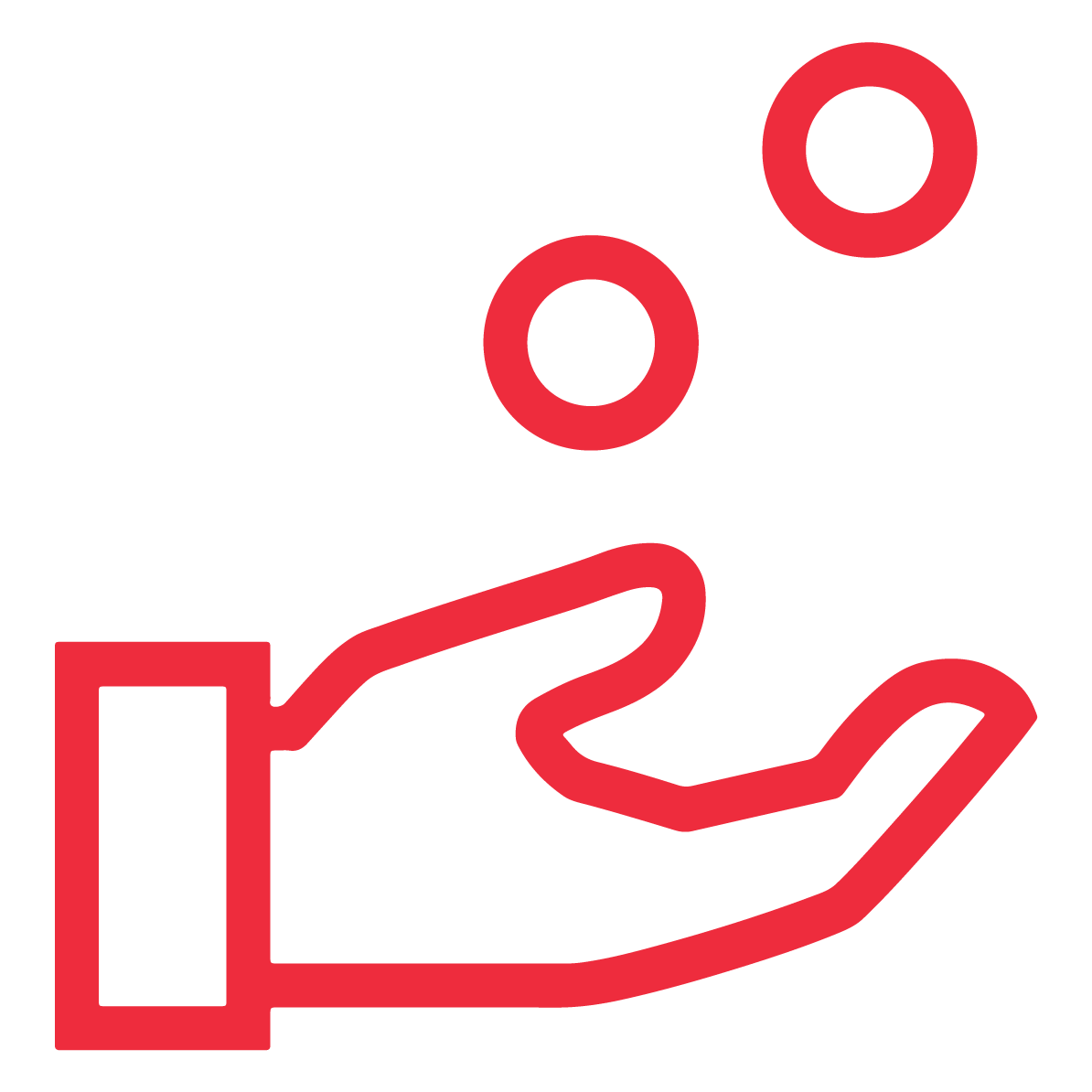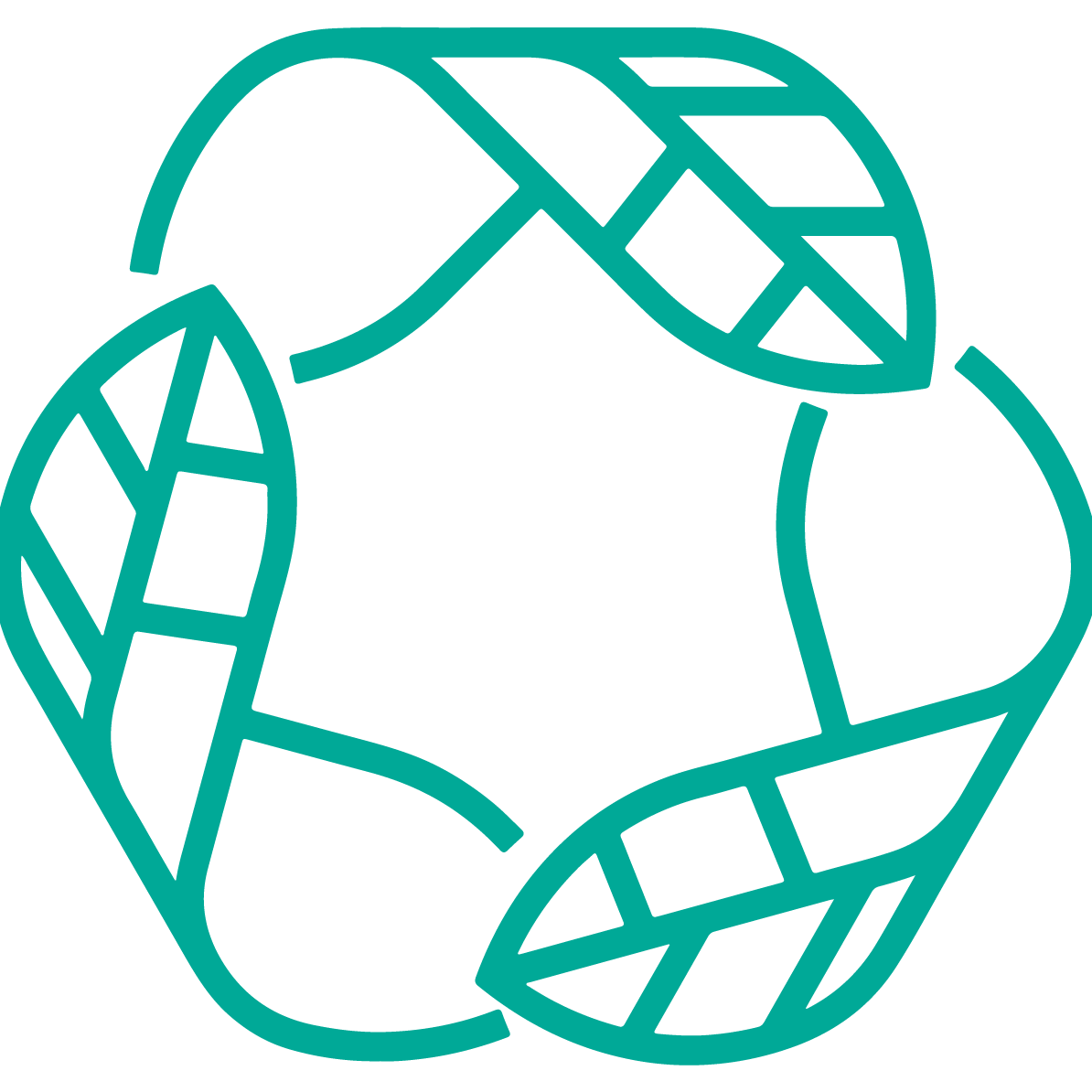Banjarmasin Inclusive City Movement: Piloting A Participatory Approach in Shaping Disability-Inclusive Urban Spaces
Summary
Since 2018, Kota Kita has collaborated with the city of Banjarmasin in implementing a multi-year initiative to promote a disability-inclusive city by demonstrating how participatory models can encourage meaningful participation of persons with disabilities (PWDs) in urban development processes. Over the years, the initiative has been supported by various international partners including UNESCO, TUMI, GIZ, ADB, University College London (UCL) and GDI Hub.
The initiative began in 2018 with a mapping and surveying of all persons with disabilities in Banjarmasin, which resulted in a comprehensive dataset of the number of PWDs in the city consisting of fine-grained and contextual information such as where they live, the type of disabilities, and their needs and aspirations. One of the shocking findings of the initiative is that more than 45% of PWDs in Banjarmasin had never travelled or gone out of their home, and some admitted to having very limited mobility as Banjarmasin’s infrastructure remained disconnected and inaccessible at the neighbourhood level—missing the final mile.
From 2018 to 2022, the collaborative efforts between the Banjarmasin city and local NGOs—supported by international donors—have shown progressive results in promoting major improvements of basic infrastructure that consider "universal design" and accessibility principles. The project has also demonstrated the role and benefits of participatory approaches to government officials by showcasing a participatory approach to design public spaces that involves PWDs in the process. The project also has empowered local Disabled Person Organisations (DPOs) to participate in local development planning processes.
Through a participatory approach, the project generated tangible outputs such as the development of three inclusive public spaces n Banjarmasin city (two sites in the Pelambuan and Kelayan Barat neighbourhood, as well as a Safe School Zone in the Gadang neighbourhood); the production of three-wheeler motorcycles designed by local experts, students, and persons with disabilities; and the creation of a city inclusive city profile that can be used as a guideline for future planning.
- Participatory data collection on disability surveying more than 3,500s PWDs
- Visioning and development of Disability-Inclusive City Profile
- Implementation of Inclusive Banjarmasin participatory pilot projects under Transformative Urban Mobility Initiative (TUMI); 1) Developed inclusive safety school zone and community hubs, 2). Design and production of three-wheeler motorcycle for PWDs
- Participatory assessment on Assistive Technology using WHO's rATA tools
- Participatory community workshop on collective aspirations and community-led responses for AT2030 program with University College London and GDI Hub
- Implementation of two co-design project in two public spaces in the Pelambuan and Kelayan Barat neighbourhood of Banjarmasin.
- Strengthened the capacity of local government and civil society organisations to systematically conduct data collection on disability.
- Provided robust and practical information about disability inclusive policies of the city which have been used to support in voter’s registrations and aid delivery during the COVID-19 pandemic
- Built 4 public space models at the neighbourhood level that have increased social interaction and improved access for persons with disabilities
- Improved mobility of persons with disabilities through the creation of three wheeler motorcycles allowing them to access key urban locations.
The implementation of the New Urban Agenda in Indonesia and the Southeast Asia region is not yet connected to a data collection process of the NUA achievement by the national government. Therefore, good practices that exist in the regions have not been able to connect with various national and global achievement indicators. We’ve come to the conviction that more efforts in disseminating stories of good practices and connecting with the national government in a structured manner should be done as soon as possible. The effort should be conducted in parallel with an effort to continue carrying out measurable monitoring efforts related to regional achievements so that they can contribute to national indicators. Furthermore, meaningful involvement of civil society groups has not yet fully reached marginal actors; for example, groups of organisations with disabilities need to be invited to be more active in overseeing the New Urban Agenda at the regional level.
- TUMI-GIZ
- DPU-UCL London
- GDI Hub
- ADB
- DPOs in Banjarmasin, Kota Kita and Kaki Kota
Organization
KOTA KITA
Region
Asia and the Pacific
Geographic scope
Local
Themes
Disability
Mobility
Planning & Design
Social Inclusion
Strategy & Planning
Youth & Livelihoods
Sustainable Development Goals
Goal 3 - Ensure healthy lives and promote well-being for all at all ages
Goal 9 - Build resilient infrastructure, promote inclusive and sustainable industrialization and foster innovation
Goal 11 - Make cities and human settlements inclusive, safe, resilient and sustainable
New Urban Agenda Commitments


